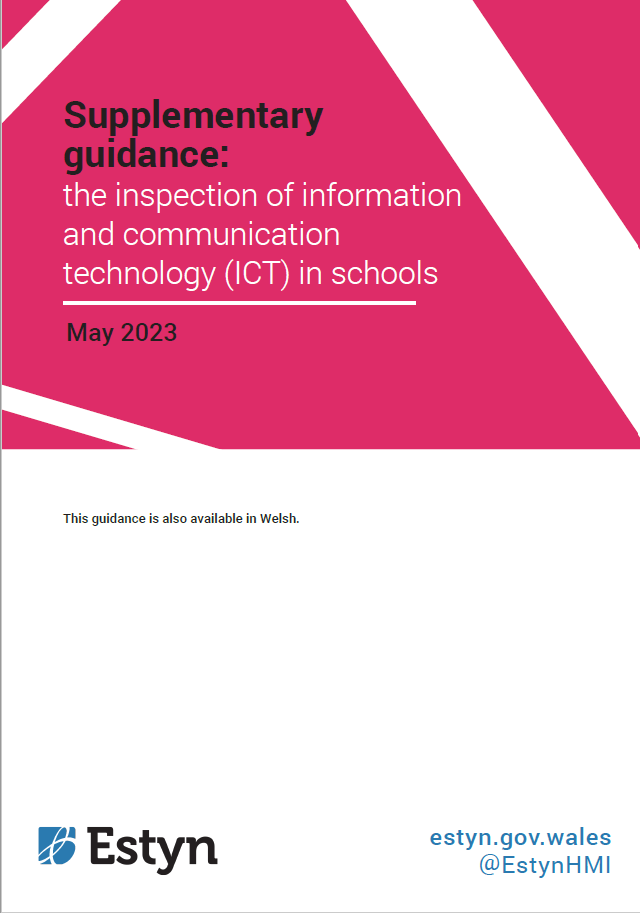Inspection Guidance Type: What and how we inspect

This handbook sets out our approaches to inspecting maintained schools (primary, secondary, all-age and special schools), independent schools and pupil referral units. It explains how we inspect. The guidance is essential reading for reporting inspectors and all other members of the inspection team. It may also be useful for providers to support their understanding of the inspection mind-set and methodologies.
The guidance should be read alongside ‘What we inspect’, which outlines the inspection framework. Schools and PRUs can use this guidance to see how inspections work.
Where the inspection identifies practice worth sharing, inspectors will invite the provider to write a case study that we will publish on our website. Where the inspection identifies important concerns in relation to standards, quality of education and training or leadership and management, we will arrange follow-up activity to support improvement. Guidance on the different types of follow-up activity is available on p16 of this handbook.


